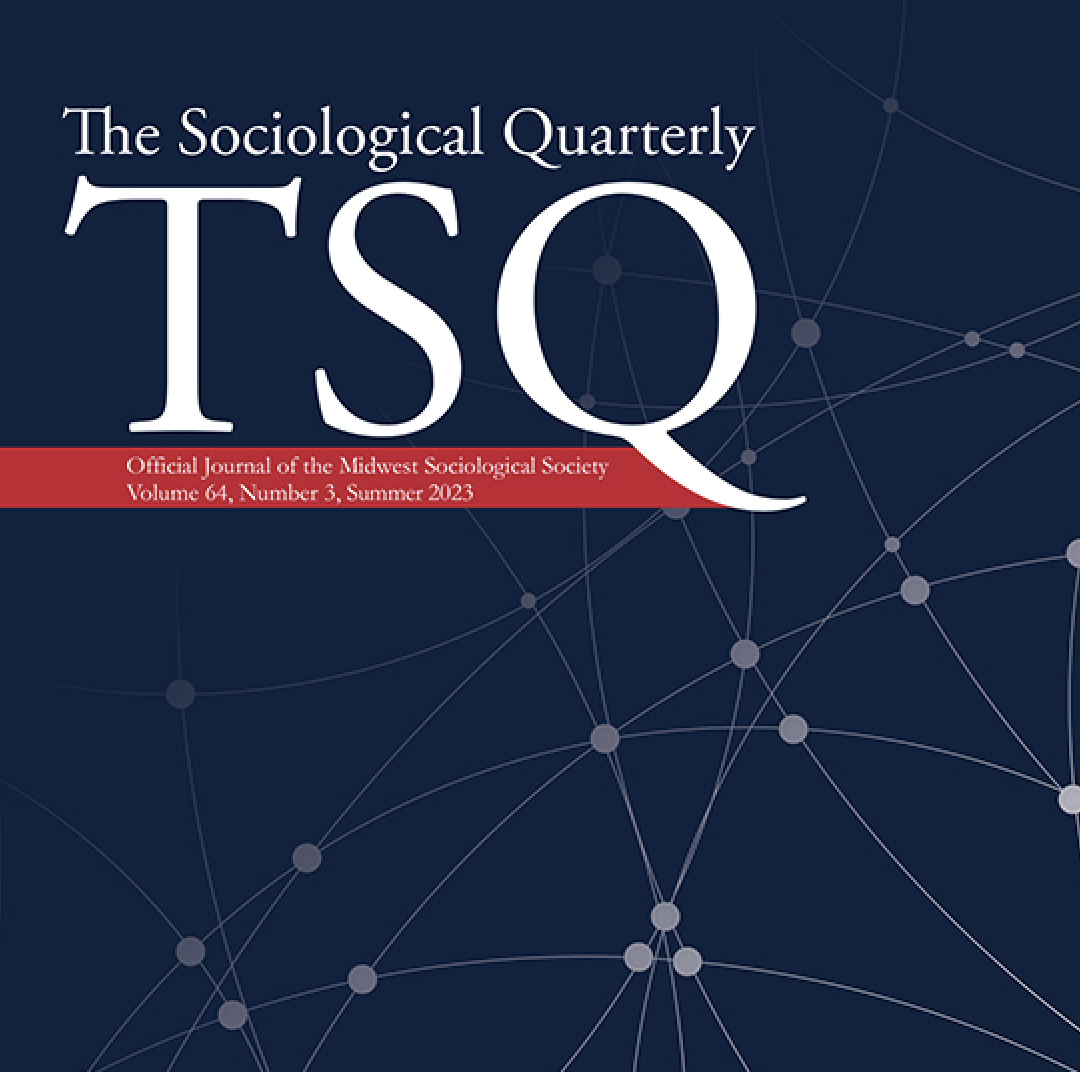Mobilizing Equal Employment Rights: The Social and Political Determinants of Discrimination Complaints
Posted by Masoud Movahed on
January 19, 2025
Comments Off on Mobilizing Equal Employment Rights: The Social and Political Determinants of Discrimination Complaints
Category: Publications
This article explores the regional and national determinants of workplace discrimination complaints across the US states from 2009–2018. Drawing on the EEOC charge data supplemented with a number of additional data sources, the authors examine the extent to which socioeconomic, demographic, and political environments explain variation in the rate of total, race, and sex-based employment discrimination charges. Building on the neoinstitutional and power resource theories, the authors examine the role of social-structural factors as important
The regional determinants of collective action inthe era of American Resistance
Posted by Masoud Movahed on
January 19, 2025
Comments Off on The regional determinants of collective action inthe era of American Resistance
Category: Publications
This study investigates the regional determinants of collective action in the era of “American Resistance.” Drawing on a new dataset from “Count Love”—a machine learning tool that collects data on protest events, timing, location, and number of attendees—we explore the regional determinants of collective action in the first three years following President Trump’s election. In particular, we investigate how socio-economic factors, political partisanship and demographic composition of states affect the rate of protest events and
Industrializing an Oil-Based Economy: Evidence from Iran’s Auto Industry
Posted by Masoud Movahed on
January 19, 2025
Comments Off on Industrializing an Oil-Based Economy: Evidence from Iran’s Auto Industry
Category: Publications
Two theoretical paradigms namely, the ‘resource curse’ and ‘developmental state’ would predict that industrial development in countries with abundance of capital-intensive natural resources and in states with patrimonial tendencies is doomed to failure. Iran’s success in developing a dynamic auto industry, which in 2011 became the world’s 12th largest automobile manufacturer with 1.6 million vehicles produced per year seems to contradict these perspectives. How was this technical capacity created in an oil-based economy—which provides little
Intergenerational income mobility
Posted by Masoud Movahed on
September 10, 2024
Comments Off on Intergenerational income mobility
Category: Public Sociology Writings
Intergenerational income mobility in the United States: A racial-spatial account. Abstract The study of intergenerational income mobility has witnessed more visibility in academic and public policy circles in light of the new estimates generated by Chetty and colleagues. The distribution of race-based estimates of intergenerational income mobility demonstrates strong spatial patterning, such that the success of a child’s traversal to the top income quintile in the United States is spatially conditioned and dependent on
Varieties of capitalism and income inequality
Posted by Masoud Movahed on
August 6, 2023
Comments Off on Varieties of capitalism and income inequality
Category: Public Sociology Writings, Publications
Abstract Why do countries diverge significantly in the levels of income inequality across the Global North? Most scholars believe that the answer lies in the ways that economic resources are organized through institutions. Drawing on a country-level, longitudinal dataset from 1985 to 2016 matched with three other data sources, the author explains how and to what extent institutions matter for income inequality across the “varieties of capitalism.” To sort countries based on their institutional similarities,




